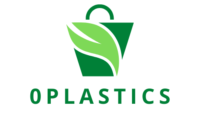Our rivers and oceans are becoming more and more contaminated by plastic garbage. Microplastics and nanoplastics are the little fragments that are left behind as plastics decompose in the environment. While nanoplastics are smaller than 1 micron, microplastics are smaller than 5 mm. These microscopic bits of plastic arise from microbeads and fibres lost during the washing of synthetic textiles, as well as from the breakdown of bigger plastic items.
Microplastics and nanoplastics can readily enter food systems due to their small size. They may be consumed by aquatic species, which could cause digestive problems or deceptive feelings of fullness that could result in famine. Microplastics’ vast surface area also makes it possible for them to take up chemicals and toxins from the surroundings. These dangerous substances have the ability to bioaccumulate up the food chain and eventually reach people who eat seafood.
